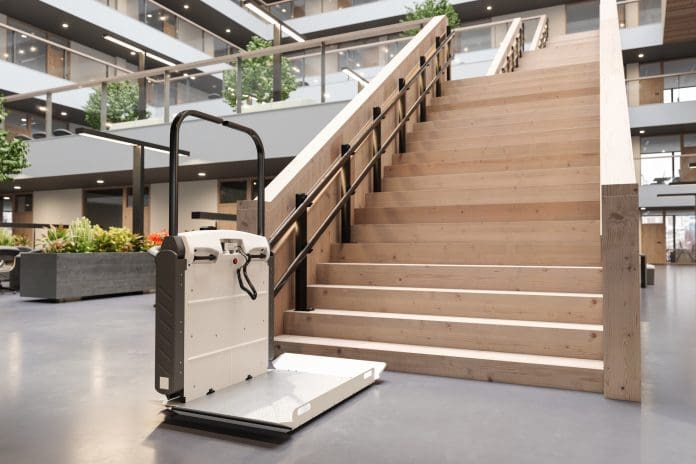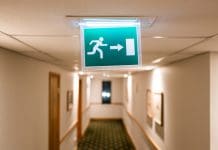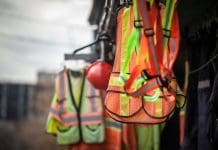Ian Streets, managing director of About Access, warns that treating access audits as an afterthought can trigger knock-on delays with essential funding
In an alphabetical approach to building design, A is for access audit, but unfortunately, we’re still finding out it can also be for afterthought.
We’ve fielded one enquiry recently which gave us less than 48 hours to look into producing an access audit for a school that is five hours drive away, and another which indicated a total lack of awareness of accessibility issues in a theatre that has been around for nearly 100 years.
Both scenarios reminded us of cases where clients benefited from taking timely decisions on accessibility. The construction of an interactive play area at a heritage site went very smoothly because accessibility was part of the plan from the start. The creation of two new galleries at a major museum also hit the targets in terms of time and budget because they brought in access consultants at the design stage.
Unfortunately, the horror stories are in the majority, such as an office block in London where designers failed to recognise the problems that would arise from creating a new entrance for their clients.
Because it’s a sloping site, the design decision created the need to install a platform lift from the new entrance to the level where the lifts were for the rest of the building.
The access and diversity group within the business was far from happy with having to use a platform lift but there was no other option because there wasn’t enough space to build a ramp. The result was delays and increased costs from problems that could have been resolved much earlier.
In the recent cases, consultants pitching to work on construction of a school science block clearly hadn’t anticipated that they might need an access audit. We couldn’t understand why they would have overlooked such a requirement because we could tell they had carried out some preparation work.
DDA toilet
Unfortunately, the terminology they used highlighted their lack of understanding as they referred to their desire to make the site “fully accessible” and their drawings showed a “DDA toilet”.
The problem with referring to something as “fully accessible” is that we are all different. If you consider two wheelchair users, one of them might be short in stature and the other might be 6ft 6ins. That alone means they will have different mobility requirements. For example, the taller person might need more space in an accessible WC.
The “DDA toilet” is a reference to the Disability Discrimination Act which, except in Northern Ireland, was replaced by the Equality Act in 2010. So they were late enough with their request for an access audit, and they were 15 years out of date with the legislation they were relying on.
Access audit of a 100 year old theatre
Management of the theatre asked us to do an access audit because they need one as part of a bid for funding. Essentially, the money won’t be released for a new construction project until the audit has been completed.
The access audit is purely for the building in its condition before the project to refurbish some areas and add an extension. For some reason, even though the theatre has been around in its various guises for many years, they have never had an access audit that is current.
Nothing we can do will change that because of the timing. For example, it is difficult for us to assess the seating in the auditorium because some of it has already been removed in readiness for providing more spaces for wheelchairs. We haven’t been provided with any images of the old seating and we don’t know what the new seating will be like.
If they wanted an access audit for the old seating, they should have had it done while the seating was in place. If they want to anticipate accessibility issues with the new seating, they should have sought advice before they ordered it.
We have identified there needs to be some work done to make the loos accessible. There will be some further refurbishment afterwards, notably with the main changing rooms. The theatre doesn’t currently offer accessible changing facilities for performers so this would be a good opportunity to remedy that, but it’s not known if that’s part of the plan.
Wherever there are improvements being made to sites used for culture, sport or community activities, it’s not unusual for funding bodies to hold on to their money until they are satisfied that the users of the facilities will be able to access them. It follows that any delay in commissioning an access audit can lead to delays in securing the funding and completing the construction.
If you think of the theatre as a before and after project, we are doing an access audit which, in one sense, is too late because of the changes already made to the building and, in another sense, too early because the refurbishment and new build has not yet been done.
It looks very much as though the theatre will need to commission another access audit once the work is completed, but they should also take advice before the designs are signed off to make sure they don’t have to redo some of the work afterwards.
Ian Streets advises public and private sector bodies and businesses on accessibility legislation, issues and best practice.
*Please note that this is a commercial profile.














